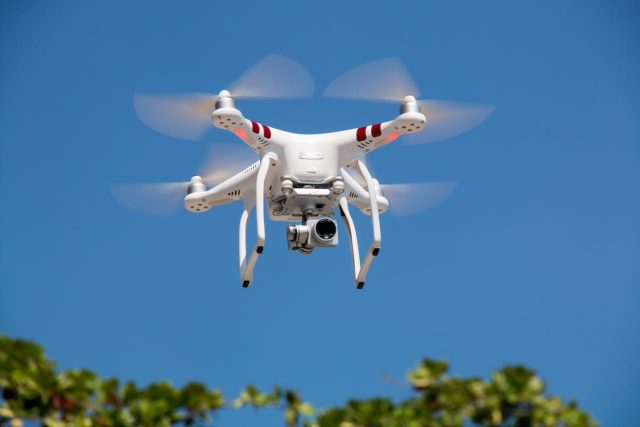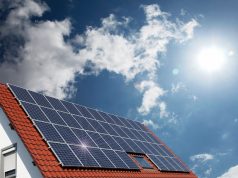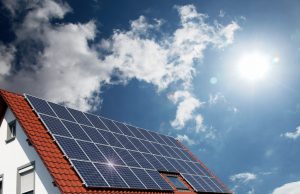
In recent years, the significance of innovative technology in environmental preservation has surged remarkably. Among various advancements, drones have emerged as a pivotal tool, revolutionizing ecological monitoring and protection. This article delves into the diverse and impactful applications of drones in environmental conservation, highlighting their transformative influence in this critical field. These versatile machines are not only enhancing our understanding of ecosystems but are also becoming vital in implementing practical solutions for environmental challenges, from reforestation to wildlife tracking.
Mapping and Monitoring with Drones
Drones have revolutionized habitat mapping and monitoring, offering a new perspective in environmental study. Their ability to access remote and challenging terrains is unparalleled. For example, in the dense rainforests of the Amazon, drones capture high-resolution images that reveal intricate details of the ecosystem. This helps in understanding the forest composition and tracking changes due to climatic impacts or human activities.
Another aspect is their role in monitoring coastal areas. Drones are employed to observe changes in shorelines, track the health of coral reefs, and even monitor sea-level rise. They have become indispensable tools in coastal management, helping mitigate climate change’s negative effects on fragile marine ecosystems. Additionally, drones have proven invaluable for forest health assessments by quickly covering large areas and providing real-time data. This allows for timely interventions and more effective implementation of forest management strategies.
Wildlife Protection and Anti-Poaching Efforts
In wildlife conservation, drones have become an essential tool, especially in anti-poaching efforts. Their use is similar to how advanced security systems safeguard sensitive digital areas like online platforms, especially for shopping or gaming. For example, online shops like Nike, or online casino platforms such as Red32 need advanced security systems to protect their users while playing or purchasing. Similarly, animals need to be protected with devices such as drones.
Also, African savannas now have drones with thermal imaging cameras to monitor wildlife movement at night and detect poachers. This technology has proven incredibly valuable for protecting endangered species, like elephants and rhinos, with an aerial perspective that would otherwise be impossible with ground patrols alone. Additionally, drones assist in monitoring wildlife health and behavior without causing disturbance. For instance, in remote parts of Siberia, they observe tiger populations, providing vital data for conservation strategies. Their non-intrusive nature ensures minimal impact on wildlife while yielding valuable insights into animal behaviors and habitat usage.
Drones in Disaster Response and Ecological Research
Drones play a crucial role in responding to natural disasters, assisting in both immediate relief efforts and long-term ecological research. For example, following a forest fire, drones are deployed to assess the extent of damage, identify hotspots, and aid in the planning of rehabilitation efforts. This quick response capability is critical in managing the aftermath of environmental disasters.
Ecological researchers often rely on drones for collecting data in various environments, from monitoring glacier melting in the Arctic to studying vegetation recovery following drought, as a source of new insight. Drones offer researchers access to previously unavailable or difficult-to-get data that helps deepen our understanding of ecological processes and environmental changes. That also provides researchers with insights they previously could not access themselves. Drones also help with monitoring air quality post-disaster events for health assessments as well as helping determine recovery plans.












